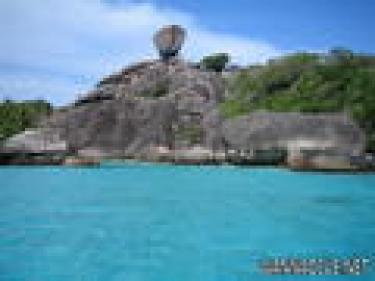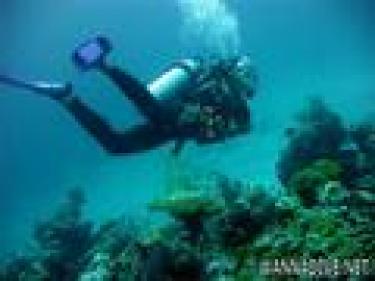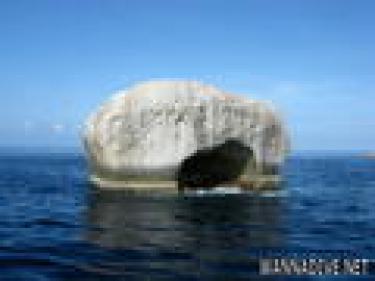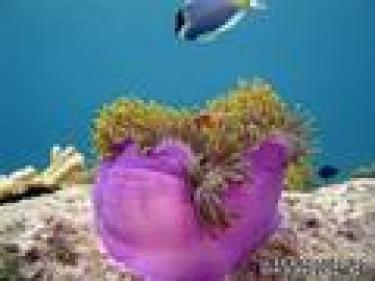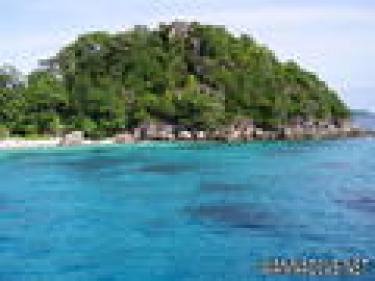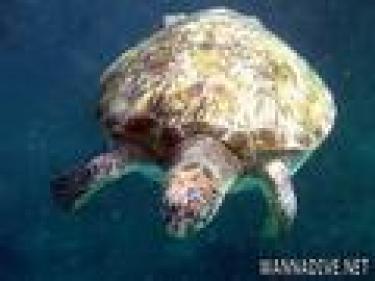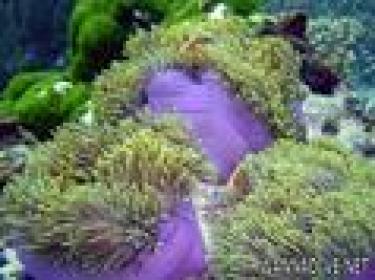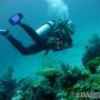Dive in Koh Similan
Diving in Koh Similan

Mu Koh Similan National Park was established in 1982 and is located along the western coastline of the Andaman Sea in the Indian Ocean, about 100km northwest of Phuket. The park area is composed of 9 granite islands created by upwellings of hot magma during the Tertiary-Cretaceous Period some 65 million years ago, then smoothed by glacial ice and the wave action of the sea.
The Similans are islands of high and steep granite mountains with beaches and rock formations. The shoreline features inconsistently curved rocks worn away by direct wave action. The islands are covered in tropical jungle and the beaches have no mud, giving them some of Thailand's finest white sand beaches. The highest point, on Koh Similan is 244 metres above sea level. The seas around the islands are surrounded by coral reefs.
The distinctive granite boulder formations on the surface continue underwater on the west coast of the islands creating the dramatic underwater seascapes that divers love. But what makes the area unique, from a divers point of view, is that around on the east coast of the islands there is a different environment. Here are white powder-sand beaches that slope down from the water's surface to about 40 metres, and feature coral gardens all the way down. The distance from the mainland and the lack of any real inhabitants on the islands keeps the water crystal clear.
Beneath the Andaman Sea surface at Mu Koh Similan National Park lies a complex ecosystem. The major residents of the reef are corals and the closely related sea anemones. Corals and sea anemones exist as individual polyps living in either solitary or mostly colonial forms. The polyps of hard corals construct communal limestone homes which are built up into a multitude of shapes and sizes eventually giving rise to a coral reef.
Several factors support a good environment for the reef, i.e. temperature, salinity, light, wave and tide, sedimentation and nutrients. These all create a healthy coral reef. In the Andaman Sea, coral reefs are classified as deep water and medium water. Deep water coral reefs can grow down to 30 metres, and the Similan dive sites have these reefs in abundance because of the clarity of water which allows sunlight to penetrate deeper. Medium water coral reefs grow between 8-15 metres beneath the surface. The deep water hard corals found in the Similan Islands are of mostly staghorn coral types and the smaller cauliflower shaped types.
Travel to Koh Similan

Similan is a Malay word, which means nine or a group of nine islands. This is located in Tambon Ko Phra Thong, occupying an area of 32,000 acres. It was declared a national park on 1st September 1982. The nine islands stretching from north to south, respectively, are: Ko Bon, Ko Bayu, Ko Similan, Ko Payu, Ko Miang (two adjoining islands), Ko Payan, Ko Payang, and Ko Huyong. The National Parks office is located on Ko Miang. Similan is highly praised for its beautiful scenery, both onshore and underwater. It is situated 70 kilometres from Phang-nga town. Best time to visit is between November and April. Ko Similan or Ko Paet: is the largest island in this group of islands. It has a distinctive horseshoe-shaped bay. The average depth of the water is 60 feet. Underwater is full of rock formations and coral reefs in several shapes and forms such as deer, leaf, brain, and mushroom. The latter one is the most unspoiled coral found in the country. Its soft sandy beach is very beautiful and diving around here will let you see a lot of fishes and coral. Ko Huyong offers the whitest and longest beach of all the nine islands. During turtles' egg laying season, from November to February, there would be tracks on the beach from turtles that come onshore to lay eggs, resembling centipede tracks. There are several diving spots that suit both snorkelling and scuba diving. The famous scuba diving spots including rock formations that lie to the west of Ko Tachai where whale sharks can be seen, Ko Bon, Christmas Point rock formation, Fantasy rock formation, and Ao Kwang En (to the east of Ko Paet), etc.
